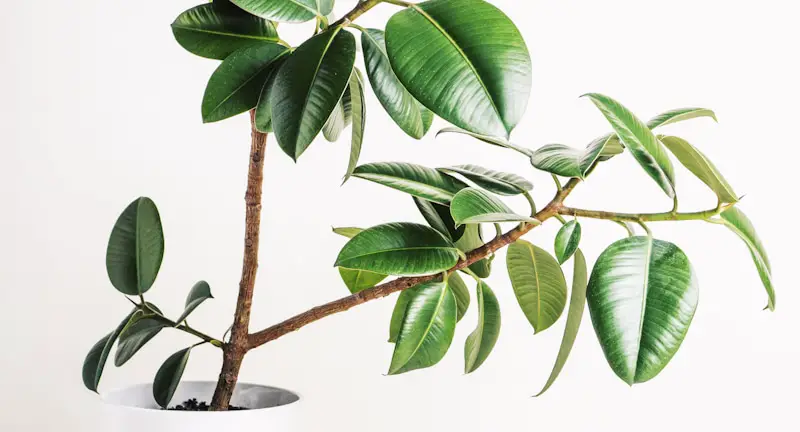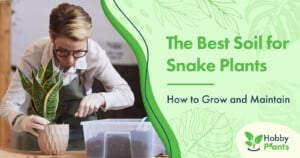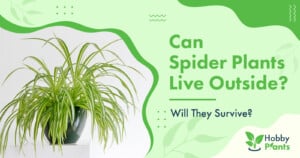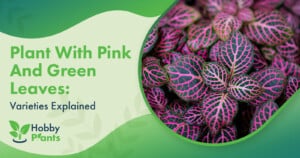Rubber plants are common household plants in Asia and some other regions. These plants are undoubtedly beautiful and would certainly add to your home’s indoor decoration. However, if you own a cat, it is essential to know if these plants are safe around your pet or pose any threat.
Of course, rubber plants are toxic to cats and, if consumed, will cause gastrointestinal upset, including diarrhea and vomiting. Depending on the quantity of rubber plants ingested, the cat can get sick more than once, with symptoms like weakness, dehydration, and decreased appetite.
One of the most toxic materials a cat can ingest is latex, which is the milky sap secreted by the rubber plant. If a cat comes across a rubber plant, it can chew it while playing, so you should keep rubber plants away from your home if you have pets.

How Toxic Are Rubber Plants To Cats?
Ficus elastic, also known as rubber plants, rubber figs, and rubber tree is a flowering plant native to Southern Asia and Northeastern Australia. These plants have a beautiful, distinguishing appearance and could reach about 6 to 10 feet when fully mature. However, rubber trees grown in the wild could reach up to a height of 100 feet.
Regardless of where they are being positioned, the important thing is to ensure they get sunlight; else, they would incline toward the direction of the sun. Rubber plants have a great commercial value due to their ability to secrete a toxin used in latex production. The latex, in turn, is used in making rubbers.
Aside from the commercial value rubber plants have, the toxin contains caoutchouc, which protects the plant from attack. This implies that rubber plants are toxic to humans and animals. However, its toxicity level falls under class 4, which is the least dangerous.
This is a mild toxicity level but could have severe implications on animals when consumed. If a cat ingests a rubber plant, it could develop some symptoms of plant poisoning like vomiting, drooling, loss of appetite, and diarrhea, and it could also suffer skin irritation.
Although, the symptoms and effects of rubber plant consumption could be more severe, especially if your cat consumes more. On such occasions, your cat may suffer skin irritation, swollen mouth, oral discomfort, and gastrointestinal tract irritation. So, to avoid plant poisoning for your cat, ensure your cat does not get close to Rubber plants.
However, if you ever suspect your cat has ingested Rubber plants, ensure you quickly get the cat to a veterinarian. If you know the extent to which your cat has consumed the plant, ensure you inform the vet, as that info could help you know how to treat the cat. In addition, you could also go along with a sample of the same plant to show the vet.
So, having known the implications and how toxic Rubber plants are to pets, ensure that your cats do not have access to them. A way of doing this is by keeping the plants in places like the top of a shelf that is out of reach from your cat. Also, you can make use of a deterrent spray.
Are Rubber Trees Poisonous To Cats?
Rubber trees secrete a sap to prevent consumption, and it is secreted when the leaves are damaged; this sap is the plant latex and is present in all Ficus species. Rubber trees are dangerous to cats; if the sap gets on a cat’s skin, it can cause skin irritation. Although rubber trees are not as toxic as other varieties, you should keep them away from your cat.
When you cut the stems and leaves of a rubber plant, they produce an unpleasant sticky sap containing an enzyme and a toxic compound that can attack the DNA, causing severe damage when ingested by pets. If you have pets that enjoy nibbling on plants, you should not have rubber plants in your house.
Signs, Treatment, And Prevention Of Rubber Plant Poisoning
With the knowledge of how dangerous rubber plants can be to pets, it is important to know the signs and symptoms of ingesting rubber plants. Some signs that your pet is suffering from rubber plant poisoning are; skin irritation, vomiting, diarrhea, nausea, oral irritation, loss of appetite, and lack of coordination.
If your pet chews on a rubber tree, it will suffer from gastrointestinal distress that will result in vomiting. The best thing to do immediately you discover that your pet has ingested a rubber plant is to take it to a veterinarian. You should never try to induce vomiting yourself, except under the direction of a veterinarian.
The best way to prevent rubber plant poisoning is to prevent your pets from getting close to the plant. If you must have a rubber plant in your house, you should surround the plant with lemon rinds (cats hate the smell of lemon rinds). If you have dogs, you can use cayenne pepper to keep them away.

Are Rubber Plants Toxic To Dogs?
The same way rubber plants are toxic to cats, the same thing occurs in dogs and other animals. The level of toxicity in dogs is also mild; nevertheless, it could be more severe, depending on the type and quantity of rubber tree leaves or stem ingested. The Indian rubber tree is the most toxic to dogs, and the American rubber tree is the least toxic.
There are different varieties of Rubber Plant, and ingesting each could cause varying symptoms. These plants are toxic to dogs due to toxins like proteolytic enzyme ficin, and psoralen ficusin. Ficin is a protease that breaks down protein and has anthelmintic properties that cause excessive drooling.
Fiscusin has adverse effects on the skin, causing oral irritation and skin dermatitis. These two toxins are in high quantities in the Indian rubber tree and absent in the American rubber tree. So, if your dog ingests the leaves or stem of an American rubber tree, it will not develop any sign of toxicity.
Common symptoms of Rubber plant toxicity in dogs include vomiting, depression, and reduced appetite. If you notice that your dog has ingested rubber plants, the best thing to do is to take it to a veterinarian for a physical examination. The vet will assess the symptoms and note any vital abnormalities.
Suppose the symptom your dog is experiencing is excessive drooling or other oral pain. In that case, the vet will examine its mouth to identify any abnormality, and if the dog vomits, the vet will examine the vomit to identify what it ingested. The dog will also examine the dog’s blood to see how the internal organs are functioning.
The vet will wash out the dog’s mouth for all types of oral pain, foaming, and excessive drooling. If the dog is experiencing any eye or skin irritation, the vet will flush the area and may apply a topical medication to prevent injuries. The vet may also induce vomiting to stop gastrointestinal upset.
If the time between when the dog ingested the rubber plant and when you take it to a vet is long, the vet will have to use activated charcoal to bind with and absorb all the toxins in the dog’s body. The vet will also give the dog other medications to protect the intestinal lining.
Final Thoughts
All lovers of indoor trees know the value of having the ficus elastical or rubber plant; it has gorgeous, glossy foliage and is easy to maintain; these features make it a popular indoor tree. Nevertheless, this beloved indoor tree is dangerous to pets, so you must ensure your pets keep away from the plant.
Also read:
Victoria is the owner and main author of hobby plants. She loves spending her free time in her garden planting and taking care of her plants. Victoria hopes you enjoy the content here!
![Are Fiddle Leaf Figs Toxic to Dogs & Cats? [ANSWERED] Are Fiddle Leaf Figs Toxic to Dogs & Cats? [ANSWERED]](https://www.hobbyplants.com/wp-content/uploads/2022/07/are-fiddle-leaf-figs-toxic-to-dogs-300x158.jpg)
![Prayer Plant At Night: What Makes Them Unique? [EXPLAINED] Prayer Plant At Night: What Makes Them Unique? [EXPLAINED]](https://www.hobbyplants.com/wp-content/uploads/2022/07/prayer-plant-at-night-300x158.jpg)



![The Best Stylish Grow Lights for Indoor Plants [REVIEWED] The Best Stylish Grow Lights for Indoor Plants [REVIEWED]](https://www.hobbyplants.com/wp-content/uploads/2022/07/stylish-grow-lights-for-indoor-plants-300x158.jpg)
![How To Bottom Water Plants [MOST EFFECTIVE TECHNIQUES] How To Bottom Water Plants [MOST EFFECTIVE TECHNIQUES]](https://www.hobbyplants.com/wp-content/uploads/2022/07/how-to-bottom-water-plants-300x158.jpg)
![What Are The Types Of Dracaena Plants [Answered] What Are The Types Of Dracaena Plants [Answered]](https://www.hobbyplants.com/wp-content/uploads/2022/07/types-of-dracaena-plants-300x158.jpg)

![Can Snake Plants Live Outside? [COMPLETE CARE GUIDE] Can Snake Plants Live Outside? [COMPLETE CARE GUIDE]](https://www.hobbyplants.com/wp-content/uploads/2022/08/can-snake-plants-live-outside-300x158.jpg)

![The Types of Prayer Plants: [Varieties Explained] The Types of Prayer Plants: [Varieties Explained]](https://www.hobbyplants.com/wp-content/uploads/2022/09/types-of-prayer-plants-300x158.jpg)
